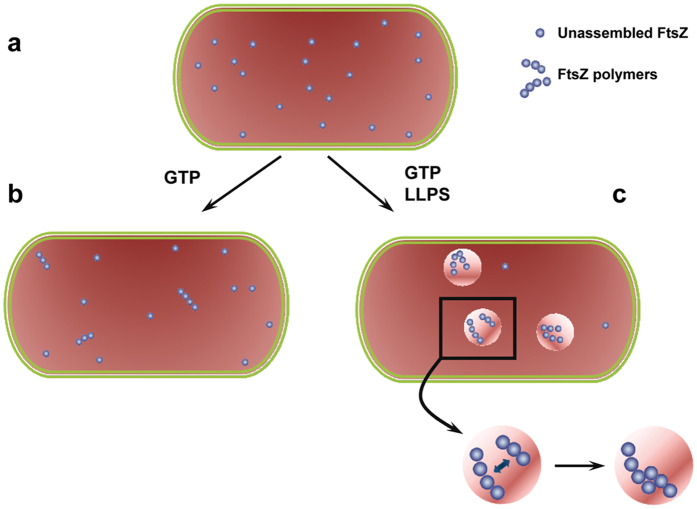Figure 8. Scheme of the behaviour of FtsZ in LLPS systems.
(a) In homogeneous media, the FtsZ monomers and small oligomers formed in the presence of GDP would, in principle, distribute randomly. (b) GTP triggers the polymerization of FtsZ molecules above the critical concentration. Thus, in these homogeneous media, at low total FtsZ concentration, the protein would largely remain unassembled, even in the presence of GTP. (c) Homogeneous crowding reduces the critical concentration of assembly and favours lateral interactions between the filaments. Changes in the local concentration of background molecules may produce phase transitions, and FtsZ molecules would likely distribute preferentially in certain microenvironments, being excluded from others. Under these circumstances, the local increase of FtsZ concentration would further favour its polymerization (overcoming the critical concentration threshold) and bundling. The accumulation of polymers in certain areas may also act as a polymer reservoir under non-division conditions. Besides, this asymmetric distribution would deeply impact the differential molecular recognition of FtsZ modulators and hence FtsZ function.

